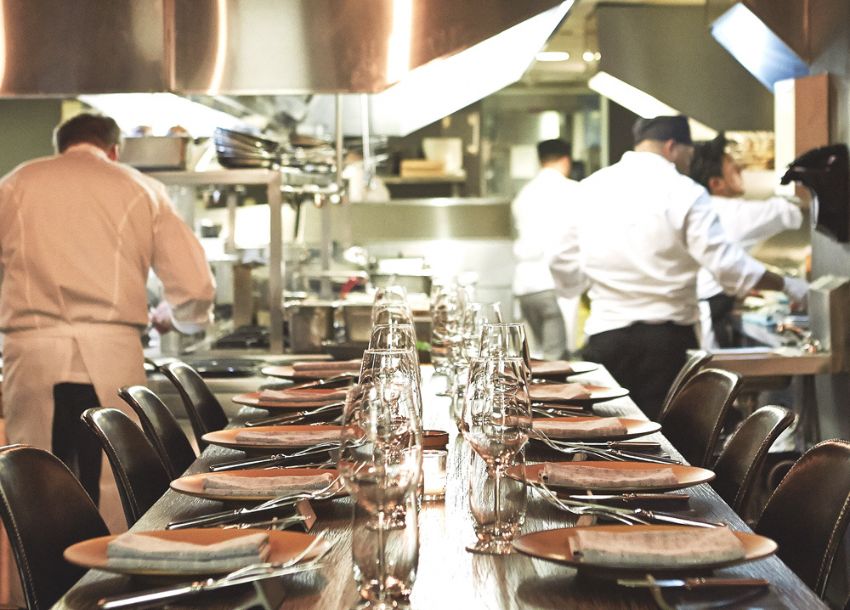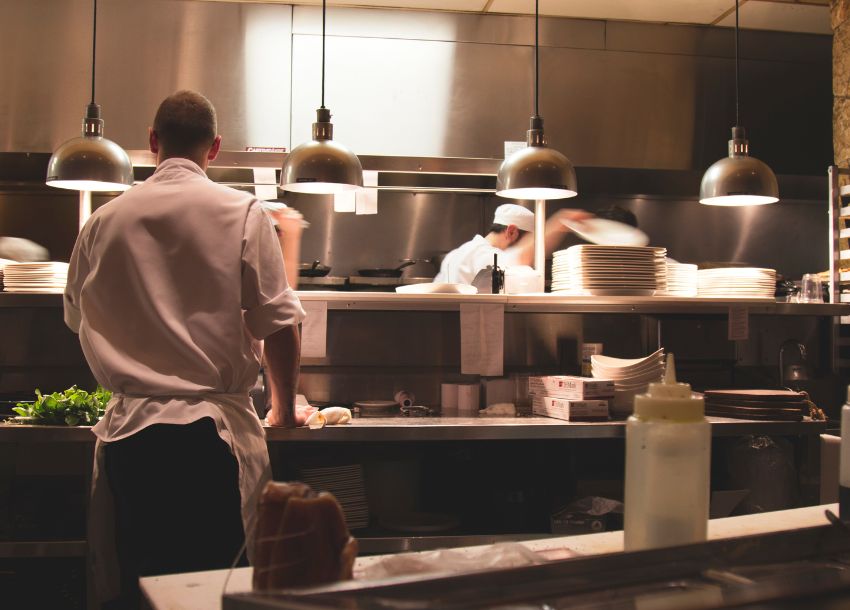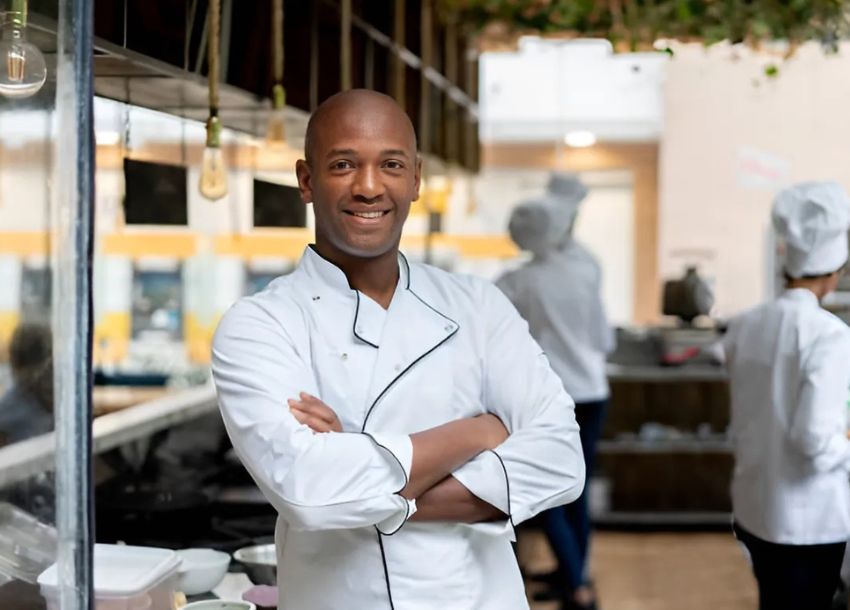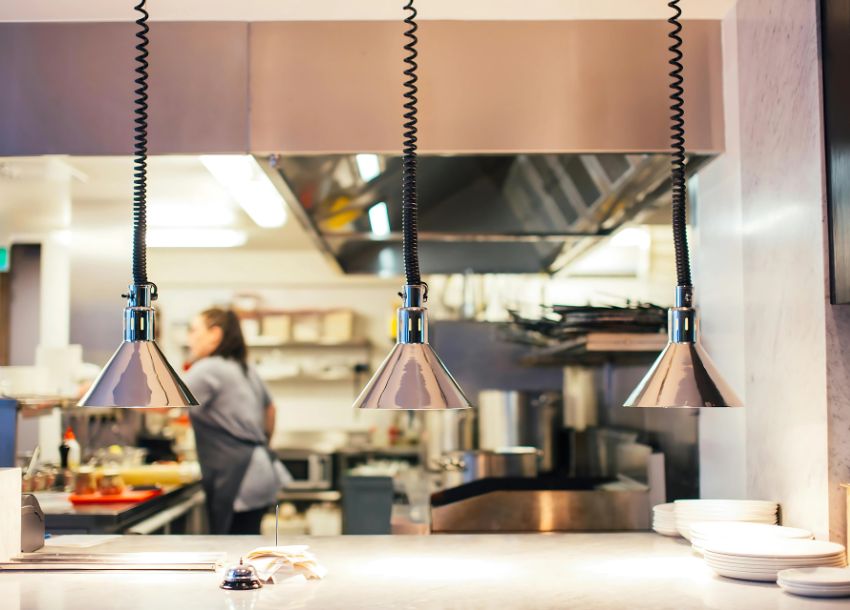Cultural Fit Interview Questions for Hiring Chefs
- Recruit
-
Aug 25
- Share post

Hiring for skills is easy to measure. But asking the right cultural fit interview questions is harder and it’s where many kitchens get it wrong. A technically brilliant chef who doesn’t align with your team values, communication style, or service ethos can disrupt the entire brigade (very quickly).
This guide will help hospitality employers craft cultural fit interview questions that uncover whether a chef or kitchen hire will truly belong – and thrive – in your work environment.
What is cultural fit in a kitchen setting?
Cultural fit refers to how well a person’s values, attitudes, and behaviours align with your team’s existing dynamics. In the high-pressure world of hospitality, this can make or break a team.
In fine dining kitchens, cultural fit may mean respecting strict hierarchies and exacting standards. In casual or open-kitchen restaurants, it might mean being approachable and guest-facing. For hotels and events, flexibility and teamwork across departments often matter most.
It’s not about hiring people who all think or act the same – it’s about ensuring that a new hire respects the way your kitchen works and contributes positively to its culture.
Cultural fit interview questions – why it matters for Chef hire
When cultural fit is ignored, problems show up fast.
It reduces conflict and improves communication.
Misaligned hires can increase tension in an already pressurised environment.
It increases team cohesion.
In small kitchens with tight prep spaces, this is critical.
It improves retention.
Chefs who feel they belong are more likely to stay through tough periods.
It protects morale.
Even during a 200-cover Saturday service, a strong culture stops stress tipping into toxicity.
It impacts guest experience.
Happy, well-aligned teams deliver more consistent food and service.
It saves money.
High turnover from poor hires costs kitchens in recruitment, training and lost productivity.
How to test for cultural fit (without bias)
Hiring for cultural fit can drift into bias if it isn’t structured. Here’s how to keep it professional and fair:
1. Define your kitchen’s core values.
For example: precision, teamwork, respect, consistency.
2. Choose behavioural questions.
Ask for real examples rather than hypothetical “what would you do” scenarios.
3. Use structured scoring.
Every candidate should be rated against the same criteria.
4. Combine with a trial shift.
See how they handle feedback, pressure and teamwork in action.
5. Involve more than one interviewer.
Getting multiple perspectives reduces unconscious bias.
Example: if teamwork is key, ask “Tell me about a time you helped another section mid-service. What was the outcome?” Then observe whether they show the same willingness during a trial.

10 Cultural fit interview questions for hiring chefs
- Tell me about a time you worked in a kitchen that didn’t align with your style. How did you handle it?
- Describe the best kitchen culture you’ve worked in. What made it work for you?
- How do you handle tension or disagreements on the line?
- What role do you usually play in a kitchen team?
- How do you adapt when working with chefs from different backgrounds or cultures?
- Tell me about a time you had to adjust to a new kitchen culture quickly?
- How do you contribute to a positive working environment in high-pressure situations?
- Have you ever clashed with a head chef or sous chef? What happened, and what did you learn?
- What does ‘teamwork’ mean to you in a kitchen setting?
- What kind of leadership brings out your best work?
How to score cultural fit responses
A simple 1–5 scoring scale keeps things consistent. Criteria might include:
- Alignment with your kitchen values. Do they share priorities like respect, precision, or guest focus?
- Self-awareness and openness. Do they recognise their role in past conflicts?
- Communication style. Are they constructive and respectful under pressure?
- Ability to reflect and learn. Do they take lessons from difficult situations?
Example scoring:
5 = Strong alignment, gives specific examples, demonstrates learning.
3 = Partial alignment, vague examples, limited reflection.
1 = No alignment, blames others, resistant to feedback.
Final Thoughts
Hiring chefs for cultural fit isn’t about cloning your current team. It’s about building a kitchen where respect, teamwork and consistency thrive – no matter how tough the service. Use structured cultural fit interview questions, score responses fairly, and combine with trial shifts to see the whole picture.
The right cultural fit won’t just make your kitchen easier to run – it’ll make it a better place to work.
–
FAQs on cultural fit interview questions in chef recruitment
What is cultural fit in chef recruitment?
It’s about hiring people who align with your kitchen’s values, behaviours and communication style, not just their technical skills.
Should cultural fit be more important than skills?
Not necessarily. Strong technical ability is essential, but poor cultural fit can outweigh it and damage the brigade long-term.
Can you teach cultural fit?
Skills can be trained. Cultural fit is harder to change, which is why it’s important to assess early.
How many cultural fit questions should I ask?
Aim for 3–5 well-chosen questions that reveal key traits. Combine with a trial shift for a full picture.
What’s the difference between cultural fit and cultural add in chef recruitment?
Cultural fit means aligning with existing values. Cultural add means bringing fresh perspectives that still strengthen your culture. Both matter – especially in diverse, modern kitchens.



